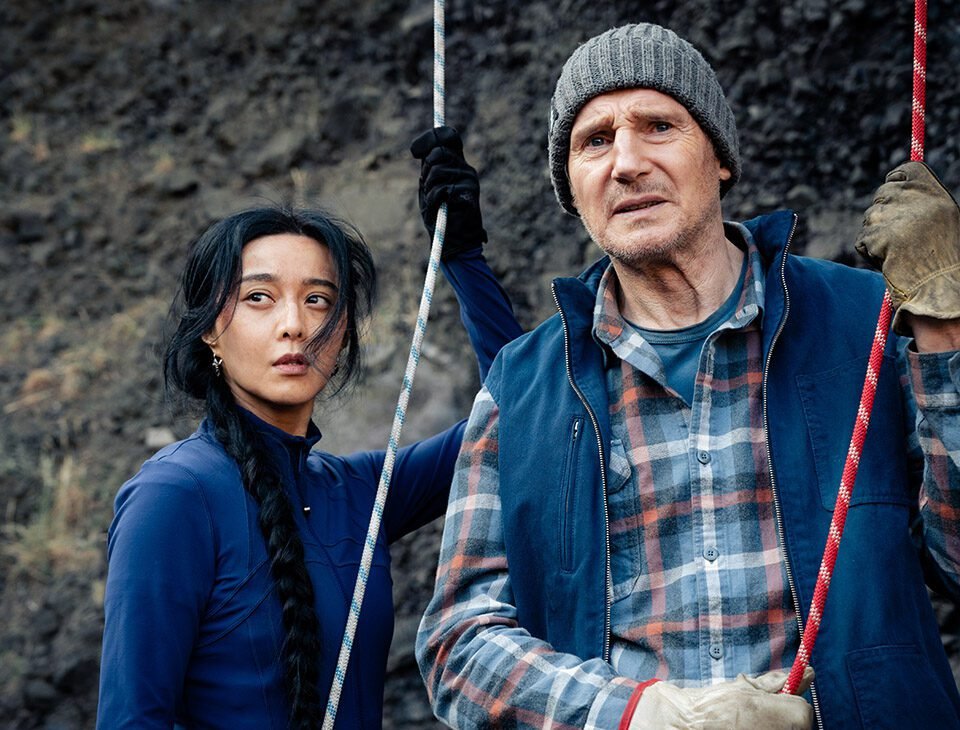


‘Griffin in Summer’ Review: A Teenage Playwright Crushes Hard on the Handyman in This Low-Key Charmer
June 10, 2024


‘The Watchers’ Review: Dakota Fanning Gets Stranded in Ishana Night Shyamalan’s Suspense-Free Horror Debut
June 11, 2024The anti-death-penalty activist behind Susan Sarandon’s Oscar-winning role is the subject of this documentary from Dominic Sivyer.
Rebel Nun
A missed opportunity.
Sister Helen Prejean is best known as the inspiration for the film Dead Man Walking, based on her 1993 book, with Sean Penn as a man facing the death sentence and Susan Sarandon as Sister Helen. But her story goes well beyond that. In the decades since, she has continued her campaign to save men from execution, without success, and to offer them comfort, guilty as they may be and however much she is horrified by their crimes. It’s a life’s work she continues to do at age 85. “I’ve watched six men die on death row and I’m about to watch my seventh,” she says in Rebel Nun. Yet, “I wake up each morning filled with hope.”
Sister Helen’s narrative goes back to her middle-class Catholic childhood in Louisiana in the 1950s, seen in family photos, and her decision to become a nun. In the early 1980s, working in disadvantaged communities, she was asked to volunteer as a pen pal for prisoners, and eventually went to meet Patrick Sonnier, a murderer and rapist. She recalls that when she first entered the ominous gates of Angola State Prison, she thought, “I’m not in nunville anymore. Bride of Christ? Let that go.” You can see why people relate to her. She was at Sonnier’s execution but closed her eyes as he died. On the drive home she vomited but later decided she’d be a witness and never shut her eyes at an execution again. Her memory and descriptions are vivid and create a portrait of how she came to be the person she is, visiting killers and puttering around her house feeding pet birds.
Sarandon is in a bland scene, visiting Sister Helen today. Kim Kardashian is seen Face-Timing with her, as Sister Helen enlists her help spreading the word on social media about Richard Glossip, currently on death row. The celebrity scenes add little except a bit of glamour and a sense of Sister Helen’s determination.
The documentary is up to the minute taking us through to Glossip’s case. He was convicted on shaky evidence, not of committing a murder but of ordering it. Even a conservative legislator in Oklahoma, where the killing occurred, says he believes the case was mishandled. The Supreme Court has temporarily blocked the execution, and Glossip is waiting for a ruling on whether he will get a new trial. He would be the first convict Sister Helen actually saved from a death sentence.
In a section more revealing than most, we see archival video of Sister Helen meeting the parents of Faith Hawkins, murdered by Robert Lee Willie (one of two men Penn’s movie character was based on). They are furious at her. And in a new interview for the film, Hawkins’ sister resists the idea that people suffer when they are electrocuted. “Unlike their victims, they feel nothing,” she says. Depicting this tension doesn’t both-sides the issue — the film is consistently on Sister Helen’s side — but it demonstrates the complexity of the subject, and that advocates against capital punishment aren’t dismissing the anguish of the victims’ families. “No matter how much pain and grief [the families] suffer, no human being deserves to be executed,” Sister Helen says. If only Sivyer had created the film this thoughtful activist deserves.





